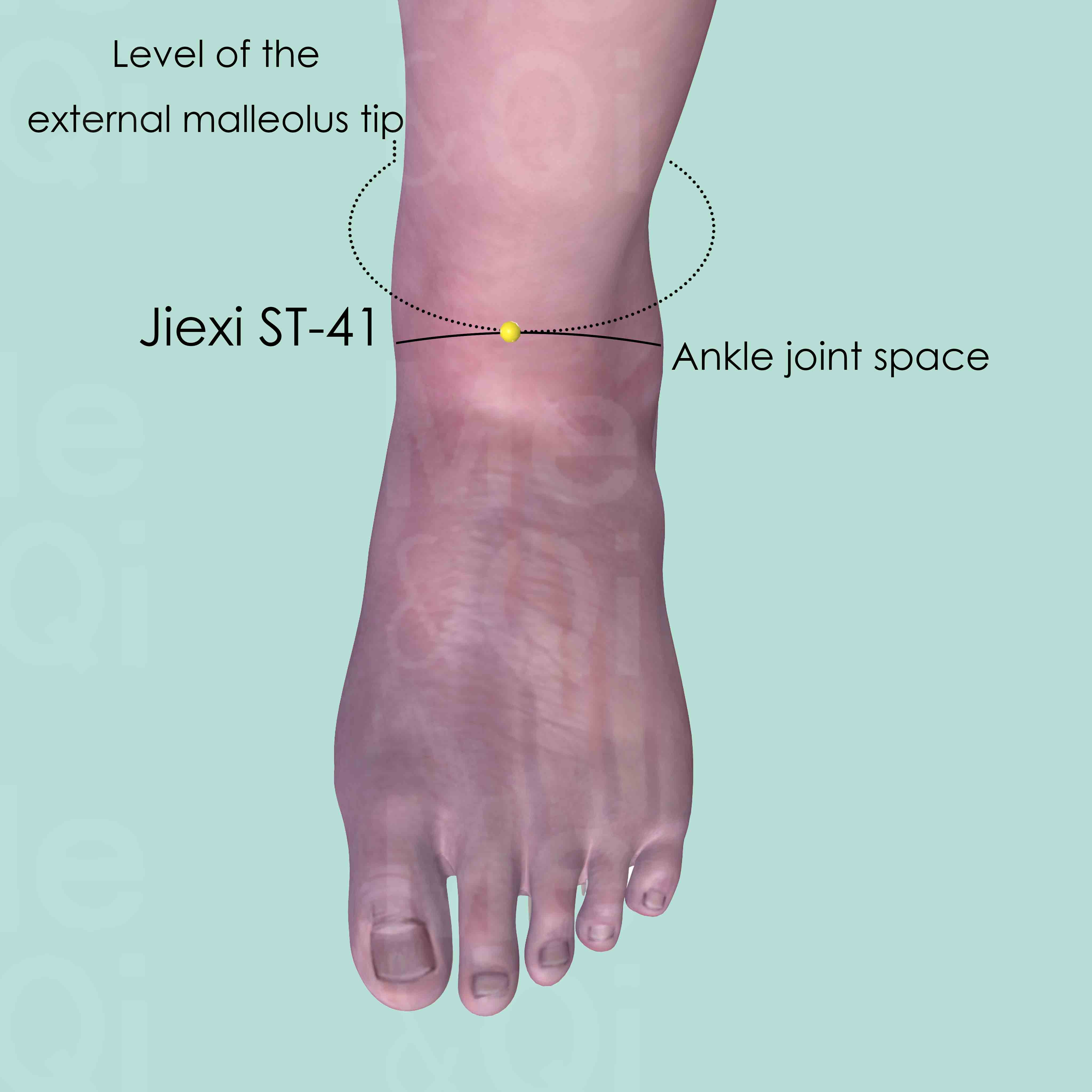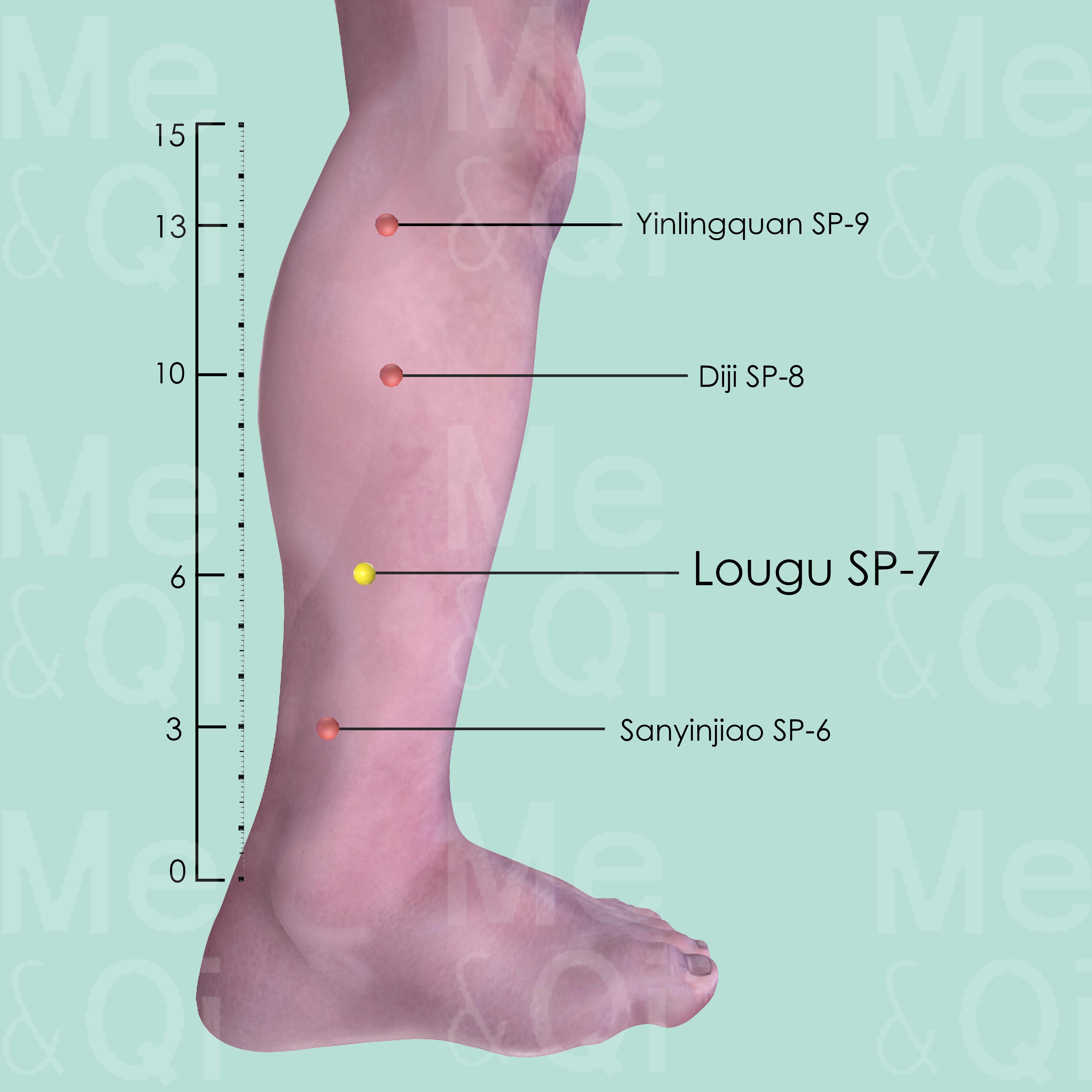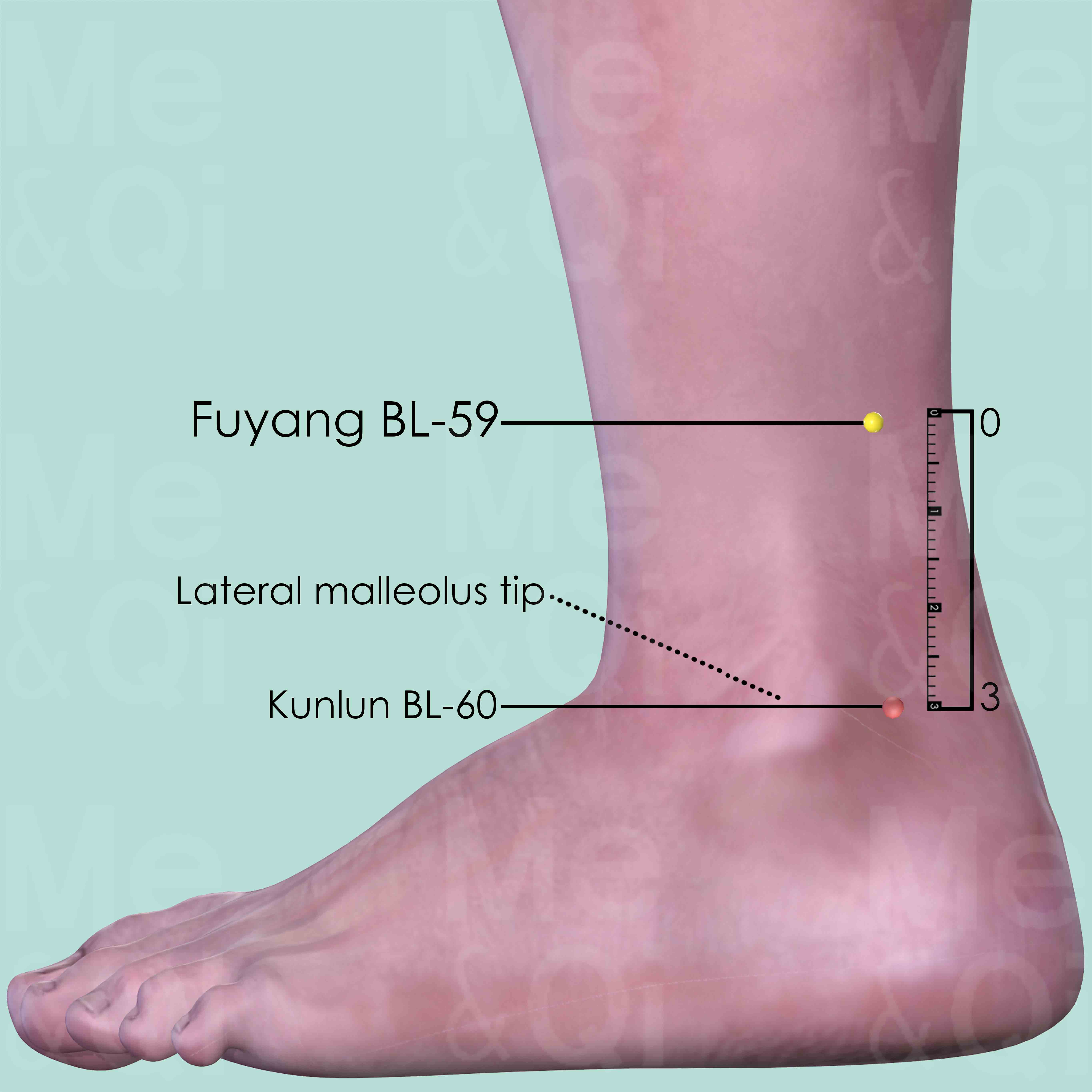Swollen Ankleaccording to TCM
What is Swollen Ankle?
Swollen ankle refers to the accumulation of fluid in the tissues surrounding the ankle joint, leading to noticeable puffiness, discomfort, and sometimes pain. This condition can arise from various causes, including but not limited to, physical injuries, systemic health issues, or even prolonged periods of standing or sitting.
Synonyms for this ailment include ankle swelling, foot ankle swelling, and puffy ankles, with lateral malleolus swelling representing a specific sub-symptom characterized by swelling on the outer side of the ankle.
How does TCM view Swollen Ankle?
From the Traditional Chinese Medicine (TCM) perspective, a swollen ankle is not just a localized issue but an indication of underlying imbalances within the body's energetic pathways. TCM suggests that such symptoms arise from disharmony in the body's Qi (vital energy), Blood circulation, or an imbalance between the fundamental elements of Yin and Yang.
Specifically, conditions like swollen ankle are often attributed to the Stagnation of Body Fluids or the accumulation of Damp-Cold within the body, obstructing the free flow of Qi and blood through the meridians that nourish the ankle area.
Root Causes of Swollen Ankle in TCM
In TCM, swollen ankles are frequently attributed to the invasion of Damp-Cold into the body, leading to the obstruction of Qi and Blood circulation in the affected area. Such conditions not only cause visible swelling but can also manifest with symptoms like chills, abdominal pain, and arthralgia, indicating a systemic imbalance rather than a localized problem.
The presence of Damp-Cold is particularly noted for its role in causing swollen ankles, characterized by additional symptoms like mouth ulcers, white and watery sputum, and cold extremities, reflecting the broader impact of this disharmony on the body's overall health.
Explore below more details about what might cause Swollen ankle according to TCM.
- By Syndrome
- Cold
- Dampness
Cold
In TCM "Cold" as a pattern of disharmony refers to a specific type of imbalance within the body's systems, often linked to a deficiency or weakness. It's not about feeling physically cold or having a common cold, but rather a metaphorical description of certain symptoms and underlying conditions. When a TCM practitioner says someone suffers from "Cold," it usually implies that the body's Yang energy, which is warm and active, is insufficient or overpowered by Yin energy, which is cool and passive. Symptoms of Cold in TCM can include a general feeling of coldness, cold limbs, pale complexion, low energy, slow metabolism, and a preference for warmth. ... see more
Cold Patterns That Can Lead to Swollen Ankle
| Pattern Name | Relevant Symptoms | Relevant Formulas |
|---|---|---|
| Damp-Cold | Swollen ankle, Mouth ulcers, White and watery sputum, Nasal discharge, Sneezing, Chills, Abdominal pain, Cold extremities, Arthralgia, Diarrhea, Feeling of heaviness... see more | Wei Ling Tang |
Dampness
"Dampness" in TCM is a concept that describes a pattern of disharmony where the body accumulates excess moisture. Imagine the heavy, sticky feeling you get on a very humid day; that's similar to what dampness feels like internally. It can manifest as a sense of heaviness, bloating, sluggishness, or even a foggy mind. This condition is often thought to arise from environmental factors like living in a damp place, dietary habits that promote moisture in the body, or internal imbalances that hinder the body's ability to process fluids properly. In TCM, dampness can obstruct the normal flow of energy and fluids in the body, leading to various symptoms.... see more
Dampness Patterns That Can Lead to Swollen Ankle
| Pattern Name | Relevant Symptoms | Relevant Formulas |
|---|---|---|
| Damp-Cold | Swollen ankle, Mouth ulcers, White and watery sputum, Nasal discharge, Sneezing, Chills, Abdominal pain, Cold extremities, Arthralgia, Diarrhea, Feeling of heaviness... see more | Wei Ling Tang |
TCM Herbal Formulas for Swollen Ankle
To address the root causes of swollen ankle, TCM practitioners may recommend specific formulas and herbs designed to expel Dampness and warm the body, thereby restoring the proper flow of Qi and Blood.
One such formula is Wei Ling Tang, which includes key herbs like Water Plantain (Ze Xie) known for their ability to drain Dampness effectively. By targeting the underlying patterns of Damp-Cold, these treatments work to alleviate swelling, improve circulation, and enhance the body's overall vitality.
See more details below about Wei Ling Tang, a herbal formula used to address swollen ankle.
- By Cause
- By Formula Type
- Cold
- Dampness
- Formulas that expel dampness
Top Formula for Cold:
Wei Ling Tang
Suitable for Cold patterns that may cause swollen ankle, such as Damp-Cold
Learn moreTop Formula for Dampness:
Wei Ling Tang
Suitable for Dampness patterns that may cause swollen ankle, such as Damp-Cold
Learn moreFormulas that expel Dampness
These formulas are suitable for some swollen ankle-causing patterns like Damp-Cold.
One such formula is Wei Ling Tang, with water plantain as a key herb.
Acupoints for Swollen Ankle
TCM also emphasizes the use of acupuncture as a means to treat swollen ankles, focusing on specific acupoints that can help regulate the flow of Qi and blood, dispel Dampness, and reduce swelling. Acupoints such as Jiexi ST-41, located at the junction of the dorsum of the foot and leg, and Lougu SP-7, located above the tip of the medial malleolus, are particularly effective in clearing Stomach Heat, tonifying the Spleen, and resolving Dampness. By stimulating these points, TCM aims to restore balance, reduce swelling, and promote healing from within.
Explore below some acupoints used to address swollen ankle, organized by meridian.
- By Meridian
- Stomach Channel
- Spleen Channel
- Bladder Channel

Jiexi ST-41
At the junction of the dorsum of the foot and leg, between the tendons of extensor digitorum and the extensor hallucis longus muscle. Approximately at the level of the tip of the external malleolus.


